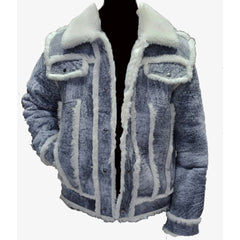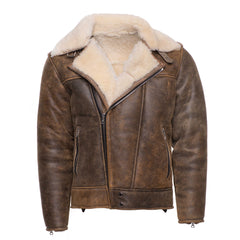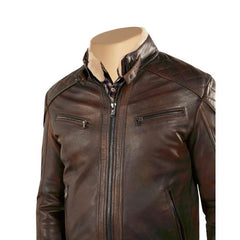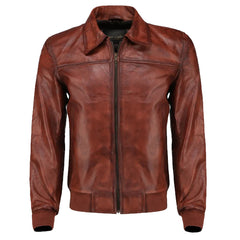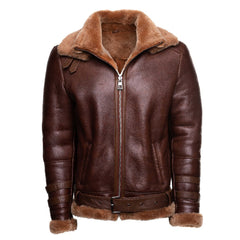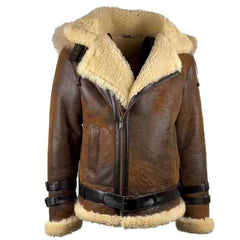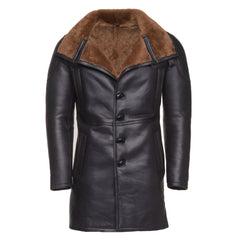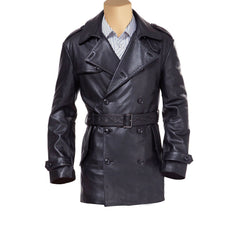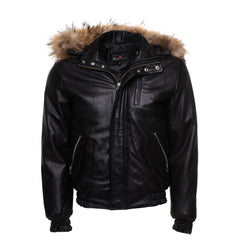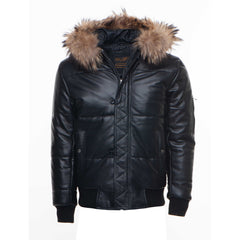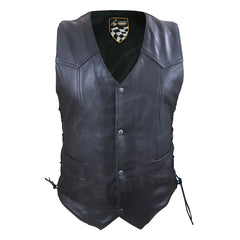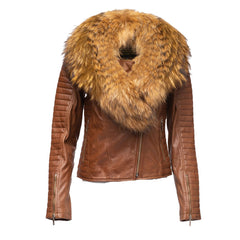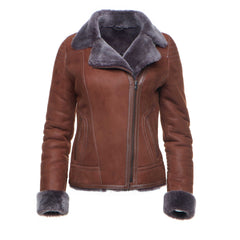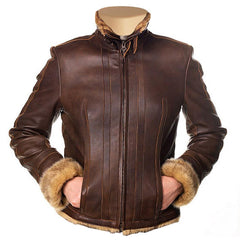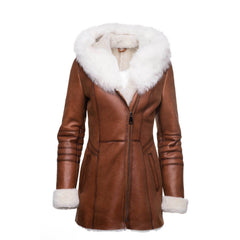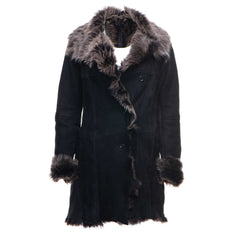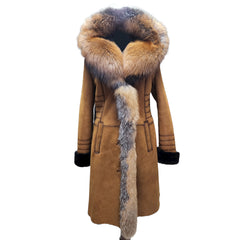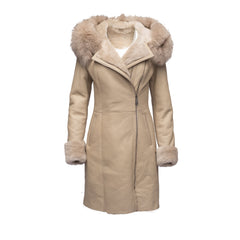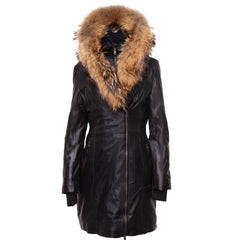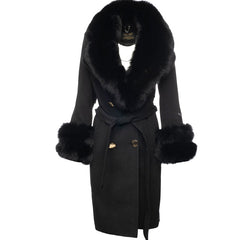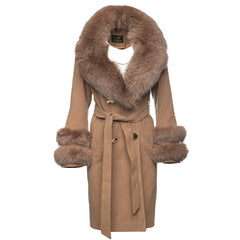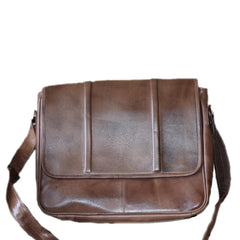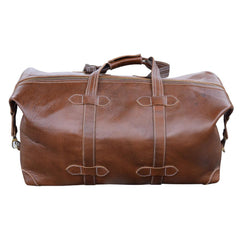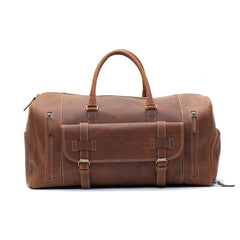A Brief History of Leather

How was leather first made and discovered? How has leather changed throughout history? How old is leather? Well, to start, a leather coat is just a fur coat without the hair.
You've probably seen something like this before

Or maybe this

These are called tanning racks and they help leather makers clean and shape the skin of the animal using sharp tools.
Truth be told, leather making hasn't changed much since it began over 2 million years ago. While stone-age man, Australopithecus Habilis, roamed the Earth they seemed to develop a diet that increasingly incorporated meat. However, since they didn't have sharp claws or teeth they had to invent tools to penetrate the skin of their prey. We know that they succeeded because of artefacts we've discovered.
Another hominid group came on the scene and started successfully hunting and killing their prey. Speaking of hunting, you can check an excellent article on hunting for beginners. They had more sophisticated tools for butchering and skinning. Some of them lived in tent-like structures, kind of like tanning racks, that would uphold furs to serve as insulation and support for tanning. By keeping a fire in or around these tents, the skins were tanned and cured over time.
Cue the Neanderthals. They figured out a ton of great tools for hunting and skinning. They had a lot of this stuff figured out around 100,000 years ago. They were even able to expand into the cold tundra.
In 3300BC a man by the name of Otzi dies while crossing the alps. He was fully covered in leather. This just goes to show that leather is a damn good material if you are a badass. It must have been cool to cross the alps wearing the most high-tech gear known to man and to die doing so.
Obviously, a lot of information was written on leather. It was a great way of keeping information over time. The aboriginals of today have wampum belts which date back from pre-historic times. Some of them are symbols of treaties made with Canada. Some leather can last forever. Some leatherworkers were even smart enough to inscribe the methods for making leather, drawing diagrams of the process. The making of leather is a traditional craft that has been passed down through generations, with each leatherworker adding their own unique techniques and skills. The art of making leather is not only about the final product, but also the knowledge and skill that goes into creating it.
Here's a brief explanation of the leather making principle. By the way, if they didn't figure out how to clean and tan the skins, they would just putrefy. You need to skin an animal and pluck out the fur. Though the fur can be taken off a bit at a time, it's a lot easier to clean it off, blood and all, in water and then in a vat of lime. The lime solution will clean the fur off the skin. then you can start hanging out to dry, and to eventually be tanned and shaped and made smooth with different techniques. It was also good to cover the skin in the tannins of different barks, leaves, twigs, fruits and such, Thus, tanning leather. The guy who accused Socrates of ruining the youth was a tanner.
Eventually, different earth salts were used to tan the leathers. In Ancient Egypt, where the technique of earth salts originated, leather was being used for shoes, gloves, buckets, bottles, and military equipment. The Romans used leather widely as well. In 800 BC the Sumerians captured this recipe for tanning freshly slaughtered ox hide. “This skin you will take it, then you will drench it in pure pulverized Nisaba flour, in water, beer and first quality wine. With the best fat of a pure ox, the alum of the land of the Hittites and oak galls, you will press it and you cover the bronze kettle drum with it”.
Over time, leather industries started to form. In the 8th century Spain received the silver and leather industries, which would go on to shape the country by the 11th century.
Three tanning processes exist: the oil process or chamoising, the mineral (alum) process or tawing, and the vegetable process or tanning.
In the 1200's Marco Polo communicates that leather is amazing after smelling it off birch bark. Furthermore, during the plague, people actually hid in the leather district because they believed the smell would protect them. Apparently the smell of leather being made is pretty good.
As history moves forward rich merchants begin getting large orders for leather, and monks are starting to be recognized for their craftsmanship. Different tanning centers began to form especially around England and Spain. It became such an economic imperative that in 1392 the butchers of London were ordered to deposit their skins at the leather market.
It happens relatively quickly in leather's history that Kings and Queens are offering monopoly rights on the sale of different types of leather and methods of tanning. The understanding of leather work was not great among brits for instance. It took the tanners time to learn some processes that were ancient in Spain. Even now, I suspect, some leather methods are kept secret for this reason. Leather work is extremely ancient, certain techniques must be preserved because they represent the livelihood of a family or people in some cases.
Mind you, even before industrialization tanning families were very wealthy because leather was sold to the upper classes, and tanning was a subtle art. Consider that in 1754 the Royal Society for the engagement of Arts, Manufacturers, and Commerce was founded in London. This connotes wealthy businessman lobbying the royal family to support their interests. Leather spawned and still spawns empires.
After the empires started to spread, especially into America, science started to apply itself faster to leather making. First came the patents for leather drums and other leather tanning methods. Scientists like Humphrey, who invented the miner's lamp, and was knighted for it, also made headway into new methods for tanning. Others discovered chemical dyes. William Perkins invented a color of purple that fundamentally altered leather making from then on. There's a book about it too.
In 1874 the first research institute of leather was founded in Vienna. It's called the Vienna Research institute.
For almost two centuries, the scientific pursuit of better leather has not slowed the leather industry. Today, there are over 100 players in the leather market. Any significant innovations in technique or understanding could prove the difference in the long run. However, in this post we failed to look at the changing fashions and tastes of consumers of leather. Perhaps leather will undergo significant changes through the advent of genetic engineering or 3-d printing. Who knows? As of now, the leather industry is marked by a deep history older than humanity. As we wear our leather, let's not forget our ancestors who managed to piece this together with sticks and stones.
Discover more luxurious informational blogs at Lusso Leather and gain expert insight on the rich history of leather with a highly informative post written by the renowned leather industry leader, Mike Redwood.
Read more:















